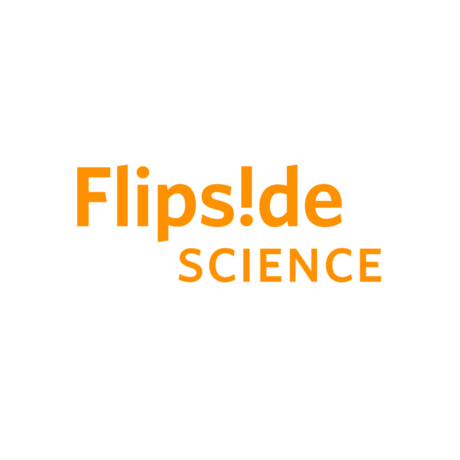Renewable energy sources count on the fact that there will always be water, wind, waves, and sunshine to gather energy. Learn what kinds of renewable energy technologies are out there, and how we can store the energy they produce.
About This Video
Grade level: 6-10
Length: 5.5 minutes
NGSS Disciplinary Core Ideas: MS-ESS2.A, MS-ESS3.A, MS-ESS3.C, MS-PS3.A, MS-ETS1.1
In this video, we'll explore some of the clean and green technologies that exist for generating renewable energy. Below are discussion questions you can use in the classroom in conjunction with this video to pique your students' curiosity.
Video Discussion Questions
-
What are some ‘renewable’ energy sources? Why do we call them this?
-
Are renewable energy sources a relatively new thing?
-
How might a drought affect hydropower?
-
What are some of the benefits of solar energy? What are some of the drawbacks?
-
What is the difference between concentrated solar power and photovoltaics? How do they each work?
-
How can solar energy be used even when it isn’t sunny? How can solar energy be stored?
-
What are some organizations doing to increase people’s access to renewable energy sources, like solar energy?
-
What is ‘geothermal’ energy? How can it produce electricity?
-
What are some of the benefits and drawbacks of geothermal energy?
-
What are some other solutions to ensuring there’s enough energy to go around besides using new technologies like wind or solar power?
- Why might we want to use renewable energy sources like solar or wind to power our homes instead of fossil fuels like coal?
Science Texts and Vocabulary for Students
Your students can read about and evaluate some of the innovative renewable energy technologies introduced in this video:
Some of the topics and vocabulary in this video might be new to your students. To help with this, we've created a handout that your students can refer to as they watch this video and work through the accompanying activity:
Accompanying Activity: Optimal and Sustainable
Renewable Energy Revamp
What factors and constraints do we have to consider when designing a renewable energy plan for a community? In this lesson, students will be challenged with a renewable energy optimization problem.
Connections to the Next Generation Science Standards
While this video doesn't necessarily cover the following standards in depth, it is a compelling resource you can use to supplement your curriculum that does.
Disciplinary Core Ideas (Grades 6-8):
-
MS-ESS2.A Earth’s Materials and Systems
-
MS-ESS3.A: Natural Resources
-
MS-ESS3.C: Human Impacts on Earth Systems
-
MS-PS3.A Definitions of Energy
-
MS-ETS1.1: Engineering Design
Crosscutting Concepts (Grades 6-8):
- Influence of Science, Engineering, and Technology on Society and the Natural World
Exploring Energy: About This Unit
Energy is an important part of our everyday lives. We use energy to cook, get around, and send emails. In this unit, we'll explore the issues associated with fossil fuels and how people are coming up with innovative sustainable energy alternatives for a brighter future.
Browse All Materials:
- Video: What's the Deal With Fossil Fuels?
- Video: Buses and Biofuels: Sustainable Transportation
- Video: Renewable Energy: Clean Tech Solutions [you are here]
- Video: Renewable Energy: Powered by Poop [up next!]
- Video: Nuclear Energy: Is Fission the Future?
- Activity: Nuclear Energy: What's Your Reaction?
- Video: Your Digital Footprint: Data and Energy Use
- Supplemental Video: The Chemistry of Clothes
- Supplemental Video: How To Measure a Changing Climate
- Supplemental Video: The Climate is Changing but How's the Weather?
Additional Resources
CleanPowerSF
Learn more about San Francisco's Community Choice Aggregation program that offers cost-effective, cleaner energy sources for homes and businesses.
The Geysers geothermal power plants
Located about 72 miles north of San Francisco, The Geysers is the largest complex of geothermal power plants in the world!
Bay Area GRID Alternatives
You can volunteer with this nonprofit organization to learn more about solar energy and get hands-on experience installing solar panels for families in need.
When sidewalks and dance floors become energy sources
TEDBlog brings you a story about dance floors that convert the kinetic energy of enthusiastic dancers into electricity.
